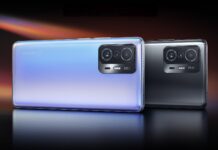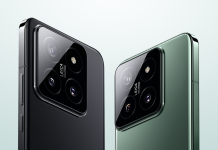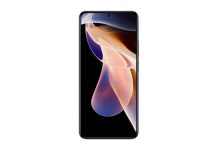It is no news that Chinese phone manufacturers are looking to local manufacturers to supply the components needed for their products. Top brands such as Xiaomi have invested in local companies involved in the manufacturing of displays and chipsets, and it is beginning to pay off.
CEO of Xiaomi, Lei Jun, has revealed that the curved AMOLED punch-hole display of the Mi 10 is actually made by a local manufacturer, Huaxing Optoelectronics, which is a subsidiary of TCL. The company executive revealed that they spent huge sums of money to customize the display to meet their requirements.

The display is actually a 6.7-inch panel with a 2340 x 1080 resolution and a 19.5:9 aspect ratio and it is the first domestically produced flexible AMOLED screen with a punch-hole. The hole in the display measures 2.6 millimeters and is reported to be even smaller in diameter than that of the Galaxy S10 and Galaxy Note10.

It has also been revealed that the screen is manufactured using what is called Direct On-cell Touch (DOT) Technology which has the touch sensor built into the thin-film encapsulation of the display. Other display manufacturing methods place the touch film on the panel. The advantages DOT Technology has are a thinner display and a reduction in production cost. This year’s iPhones are expected to use a similar display technology.
UP NEXT: Poll of The Week: Flat Edge Display or Curved Edge Display?
The display also uses an improved ultra-narrow bezel technology that results in slimmer bezels compared to its predecessor. The Mi 10’s side bezels measure 3.32 millimeters as against the Mi 9’s 3.6 millimeters bezel size. The Mi 10 also has a bottom bezel that is less than 1.8 millimeters in size.

The display uses TCL’s Pearl Arrangement for the pixels and has a screen brightness of 500 nits. The maximum brightness is 800 nits while the peak brightness is more than 1100 nits. The screen has a DCI-P3 color gamut of 100% and a contrast ratio of 5,000,000:1.

Other features of the display include a 90Hz refresh rate and a 180Hz touch-sampling rate for smoother gaming. It also uses DC Dimming, has HDR10+ support, and a TUV Rheinland Certification which means it has reduced blue-light and is flicker-free.
UP NEXT: Xiaomi’s says its R&D investment in 2019 was around 7 billion yuan (US$1 bn)
(Source)







